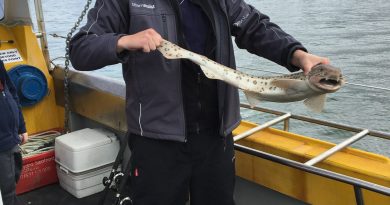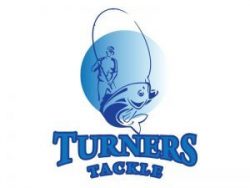Unlocking the Secrets: The Solunar Theory and its Influence on Sea Fishing
Sea fishing is an intricate dance between angler, environment, and the mysterious forces of nature. Among the various factors influencing fishing success, the solunar theory stands out as a concept that has captivated anglers for decades. In this article, we’ll delve into the solunar theory and explore how it guides sea anglers in their quest for the perfect catch.
Understanding the Solunar Theory:
**1. Definition:
- The solunar theory is based on the idea that the positions of the moon and sun relative to Earth influence the activity levels of fish, impacting their feeding behavior. It was developed by John Alden Knight, an avid angler, who believed that specific lunar and solar cycles had a direct correlation with the feeding patterns of fish.
**2. Solunar Periods:
- The theory identifies specific times within a day as “solunar periods” when fish are more likely to be actively feeding. These periods occur when the sun and moon are in certain positions in relation to Earth.
**3. Major and Minor Periods:
- Within each solunar period, there are “major” and “minor” feeding times. Major periods, usually occurring once or twice a day, are considered the peak times for feeding activity. Minor periods, more frequent but with less intensity, also indicate increased feeding potential.
Applying the Solunar Theory to Sea Fishing:
**1. Moon Phases:
- The phases of the moon play a crucial role in the solunar theory. During the full moon and new moon phases, the gravitational pull is stronger, potentially influencing fish activity. Many anglers believe that these periods can lead to increased feeding behavior.
**2. Sunrise and Sunset:
- Solunar theory considers the times of sunrise and sunset as critical points in the daily fishing calendar. These periods are often associated with heightened fish activity, and anglers plan their outings around these times.
**3. Tidal Influence:
- Tides are closely tied to the gravitational pull of the moon. Anglers often use tide charts in conjunction with the solunar theory to identify optimal fishing windows. Rising and falling tides can coincide with major and minor feeding periods.
**4. Seasonal Variations:
- The solunar theory takes into account seasonal variations and adjusts predictions accordingly. Different fish species may exhibit varying responses to solunar influences, and anglers tailor their strategies based on target species and seasonal patterns.
Skepticism and Criticism:
While many anglers swear by the solunar theory and incorporate it into their fishing plans, it’s important to note that the concept is not universally accepted. Critics argue that the influence of the moon and sun on fish behavior may be more complex than the theory suggests, and other factors such as water temperature, weather conditions, and bait availability also play significant roles.
Conclusion:
The solunar theory adds an intriguing layer to the art and science of sea fishing, providing anglers with a framework to predict and optimize their chances of success. Whether planning a shore fishing expedition or venturing into the deep sea, understanding the solunar theory allows anglers to align their efforts with the natural rhythms of the marine environment. While it may not be a foolproof guide, many anglers appreciate the guidance that the solunar theory offers, turning each fishing trip into a well-timed dance with the celestial bodies above and the mysterious movements below the water’s surface.


